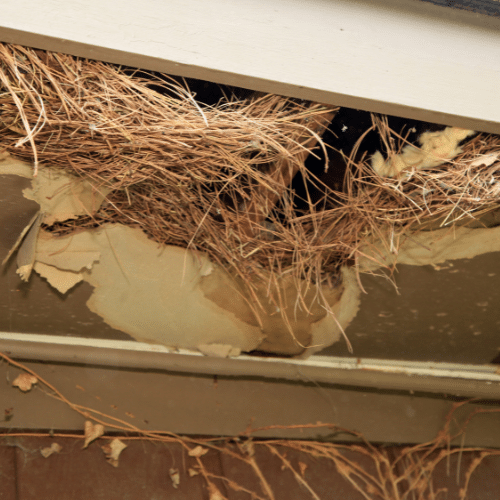
10 May Dealing with Unexpected Pest Nests
Quick Tips for Nest Finds
Stumbling upon an unexpected nest in your backyard or even within the nooks of your South Florida home can certainly startle anyone. Pest Busterzz understands the complexities such encounters bring. With the region’s rich biodiversity, it’s not unusual for residents to find themselves facing this very issue. In this guide, we’ll walk you through the safest and most effective ways to handle surprise nest discoveries, ensuring both your safety and the welfare of the wildlife.
Safe Steps for Nest Identification
First things first, identifying what kind of nest you’ve encountered is crucial. Bird nests are often found in trees or under eaves and are made of twigs and leaves. On the other hand, wasp nests might appear as grey papery structures in corners or sheds. Snake nests—or more accurately, places where snakes lay eggs or gather—can be trickier and are often hidden in quieter, less-disturbed parts of a garden. It’s vital to observe from a safe distance to avoid distressing the creatures or putting yourself in danger. Remember, some species are protected under local wildlife laws, so identification can also help you understand the legal aspects of handling the nest.
Secure and Manage Found Nests
Upon discovering a nest, resist the urge to touch or move it. Disturbing a nest can provoke stress to the animals and might even be illegal for certain species. Instead, secure the area to prevent children or pets from approaching it. You can set up a temporary barrier or close off the room if the nest is indoors. This immediate response protects everyone involved while you decide the next steps.
If you identify or suspect the nest belongs to a hazardous species, like wasps, or a protected one, such as certain birds, contacting professionals is your best course of action. Pest control services like Pest Busterzz can manage the removal safely, particularly for pest-related nests. In cases involving protected wildlife, a licensed wildlife rescuer can relocate the nest without breaching legal restrictions. They have the expertise to handle the situation without causing harm to the animals or to you.
Safe DIY Nest Removal Tips
For less hazardous nests, such as an abandoned bird’s nest, you might consider removing it yourself once you’re certain it’s no longer in use. Wear gloves and gently remove the nest, placing it in a bag before disposing of it in the trash. Ensure you wear a mask if you’re dealing with material that could become airborne. Clean the area thoroughly with a disinfectant after removing the nest to prevent any potential spread of parasites or bacteria.
To prevent future unwelcome guests, regular maintenance of your property is key. Seal any cracks or gaps in the exterior of your home, ensure windows have intact screens, and trim branches close to the house which could provide access. Keeping your yard clean and free from debris can also discourage animals from nesting. Additionally, consider consulting with pest prevention experts to implement deterrents or barriers designed for specific wildlife in your area.
Conclusion
Encountering a surprise nest in or around your home can be unsettling, but with the right knowledge and approach, you can handle the situation effectively and humanely. At Pest Busterzz, we are dedicated to providing tailored, eco-friendly pest control solutions that respect both our clients and local wildlife. If you’re ever in doubt about how to deal with a nest, or if you need professional assistance, don’t hesitate to reach out. Together, we can ensure your living space remains safe, healthy, and pest-free, enhancing your quality of life and that of the surrounding wildlife in Weston.


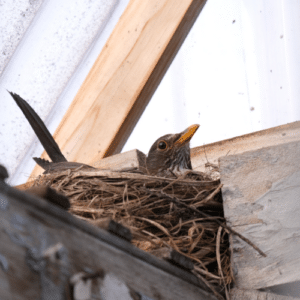
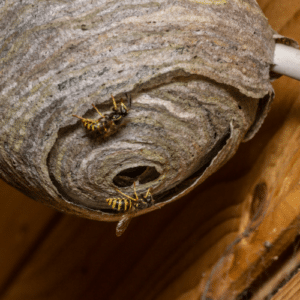
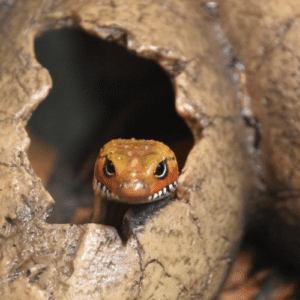
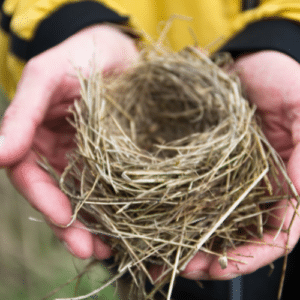
No Comments